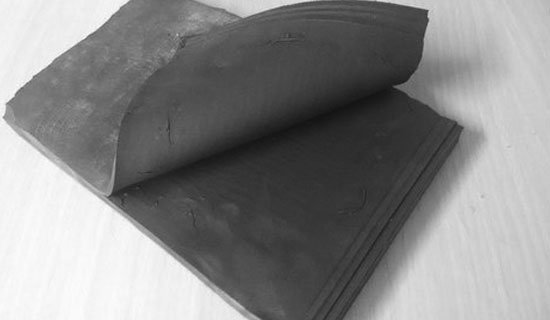FOR ALL YOUR CARGO NEEDS
About us

rubber is harvested mainly in the form of the latex from the rubber tree or others. The latex is a sticky, milky colloid drawn off by making incisions in the bark and collecting the fluid in vessels in a process called "tapping". The latex then is refined into rubber ready for commercial processing. In major areas, latex is allowed to coagulate in the collection cup. The coagulated lumps are collected and processed into dry forms for marketing. Natural rubber is used extensively in many applications and products, either alone or in combination with other materials. In most of its useful forms, it has a large stretch ratio and high resilience, and is extremely waterproof.
The major commercial source of natural rubber latex is the Pará rubber tree (Hevea brasiliensis), a member of the spurge family, Euphorbiaceae. This species is preferred because it grows well under cultivation. A properly managed tree responds to wounding by producing more latex for several years.

Rubber exhibits unique physical and chemical properties. Rubber's stress–strain behavior exhibits the Mullins effect and the Payne effect and is often modeled as hyperelastic. Rubber strain crystallizes. Due to the presence of weakened allylic C-H bonds in each repeat unit, natural rubber is susceptible to vulcanisation as well as being sensitive to ozone cracking.The two main solvents for rubber are turpentine and naphtha (petroleum). Because rubber does not dissolve easily, the material is finely divided by shredding prior to its immersion. .

Tens of millions of tires are discarded across the Middle East every year. Disposal of waste tires is a challenging task because tires have a long life and are non-biodegradable. The traditional method of waste tires management have been stockpiling or illegally dumping or landfilling, all of which are short-term solution. Crumb rubber is a term usually applied to recycled rubber from automotive and truck scrap tires.

We are a customer focused supplier, manufacturer and recycler of materials to the polymer industries, giving sound advice and providing solid technical support, demonstrated by providing problem free deliveries of products that don't come back to customers who do.

Production of crumb rubber by the solution crumb process allows the use of stereospecific catalysts that are able to produce polymers nearly identical to natural rubber. In the proper organic solvent, as opposed to an emulsion, as used in emulsion polymerization, the cis structure can be obtained in an amount up to 98% of the total.